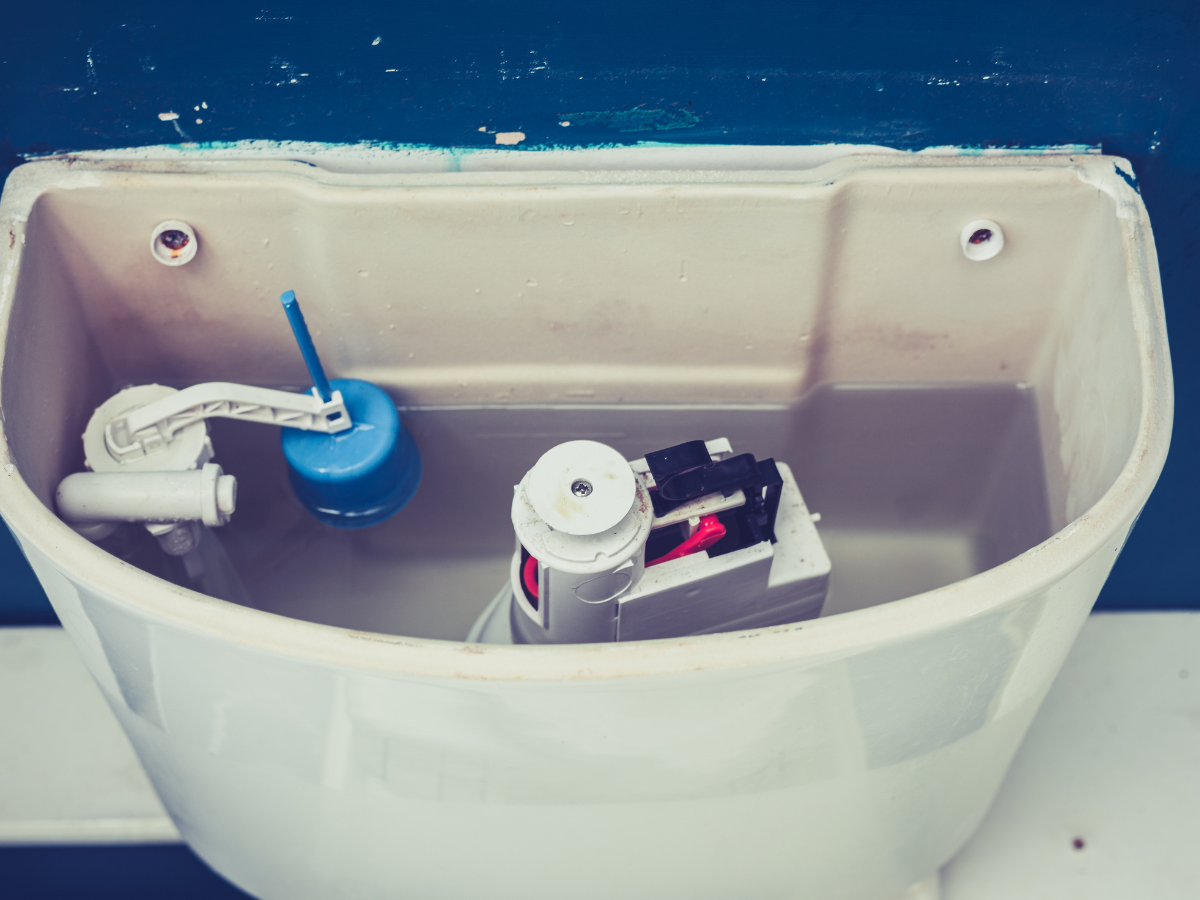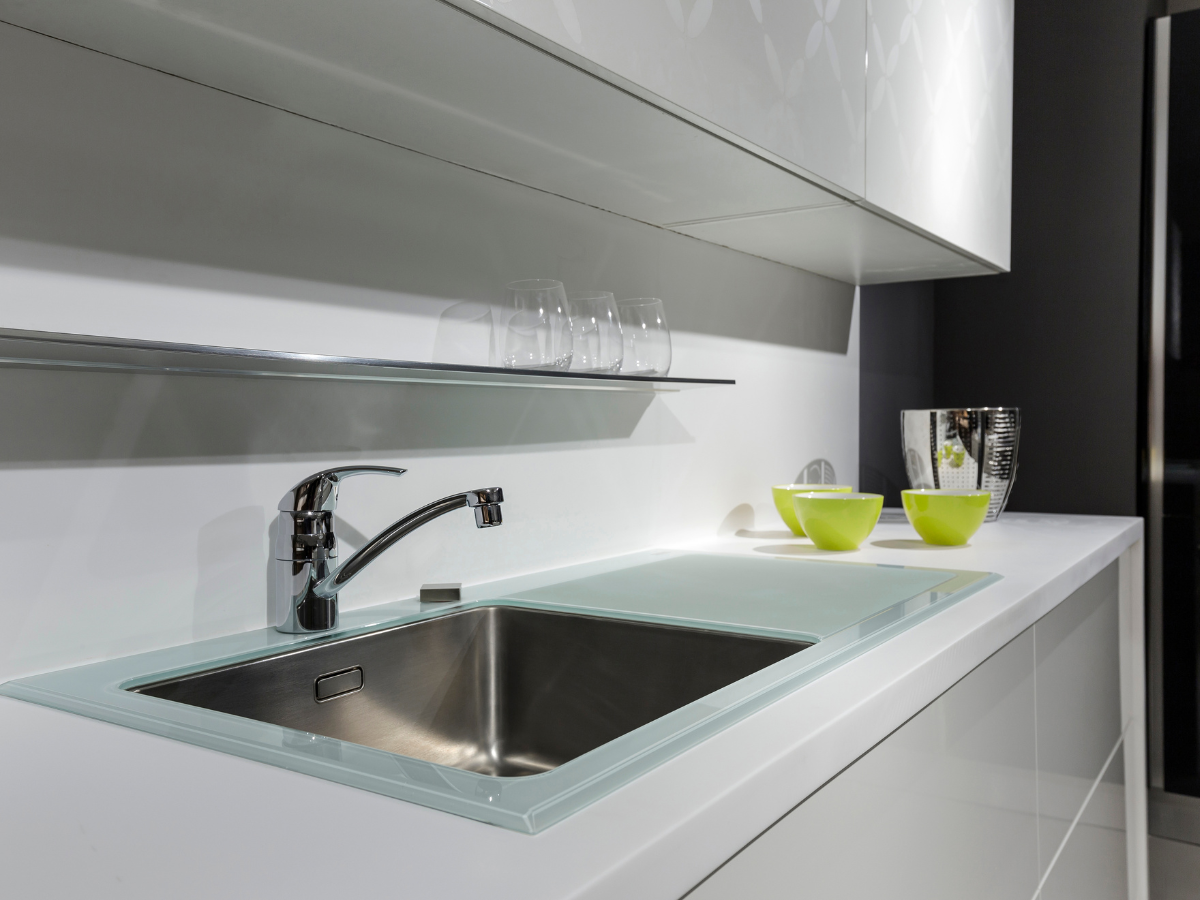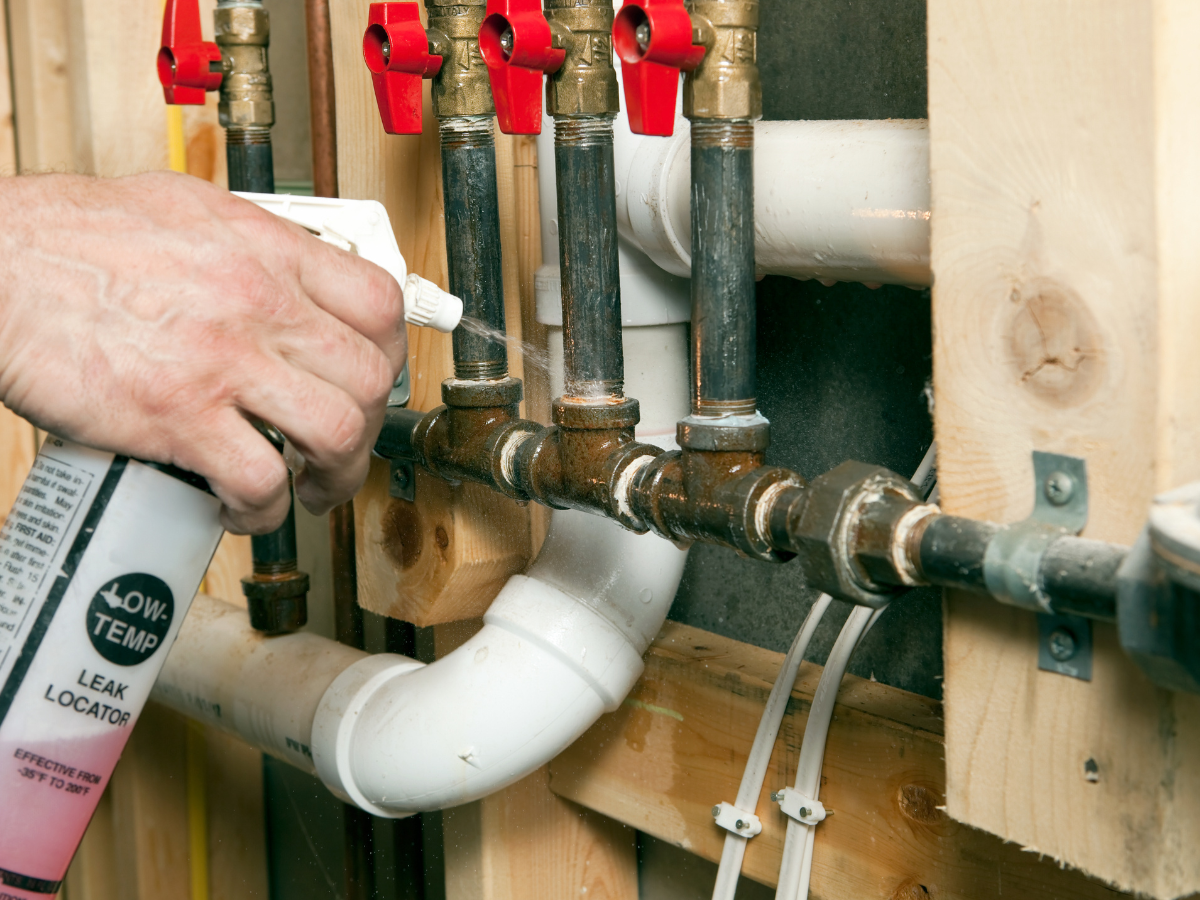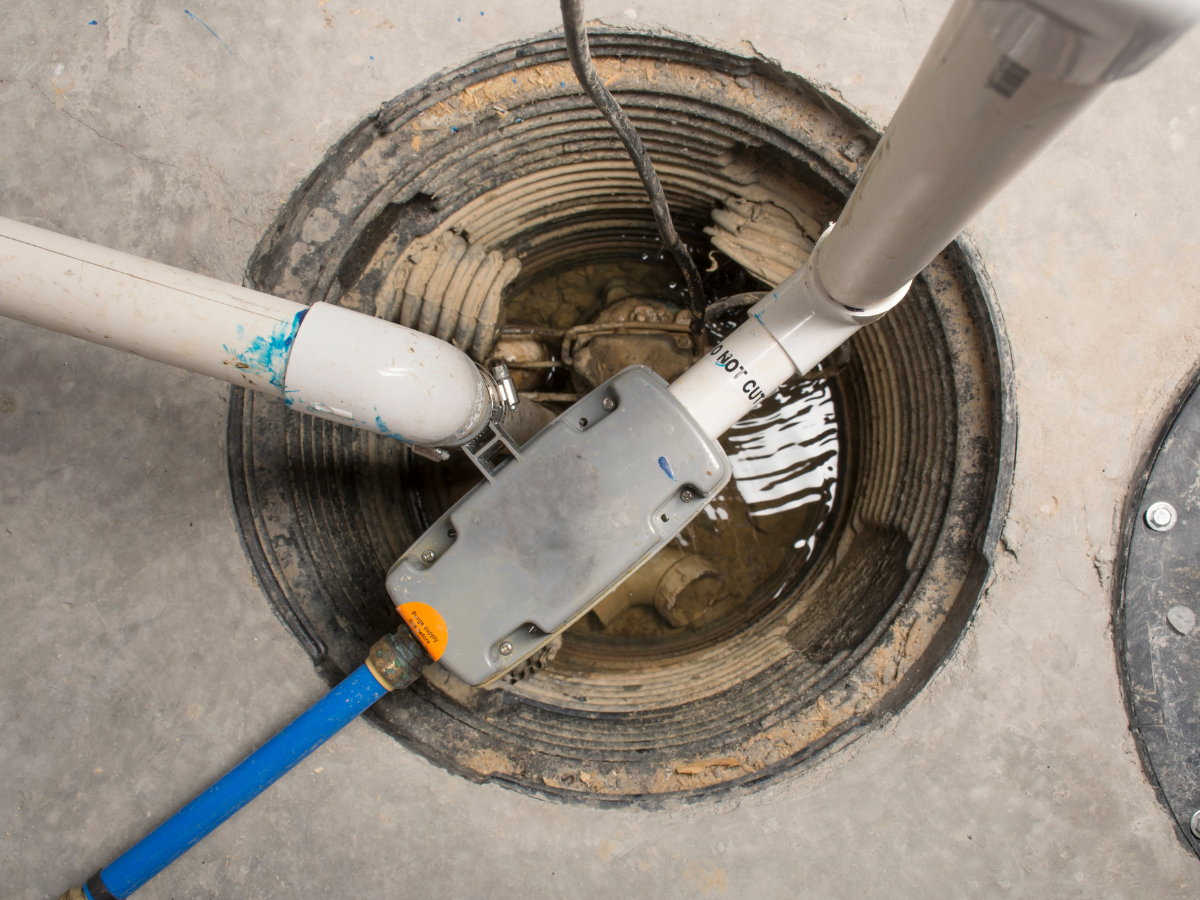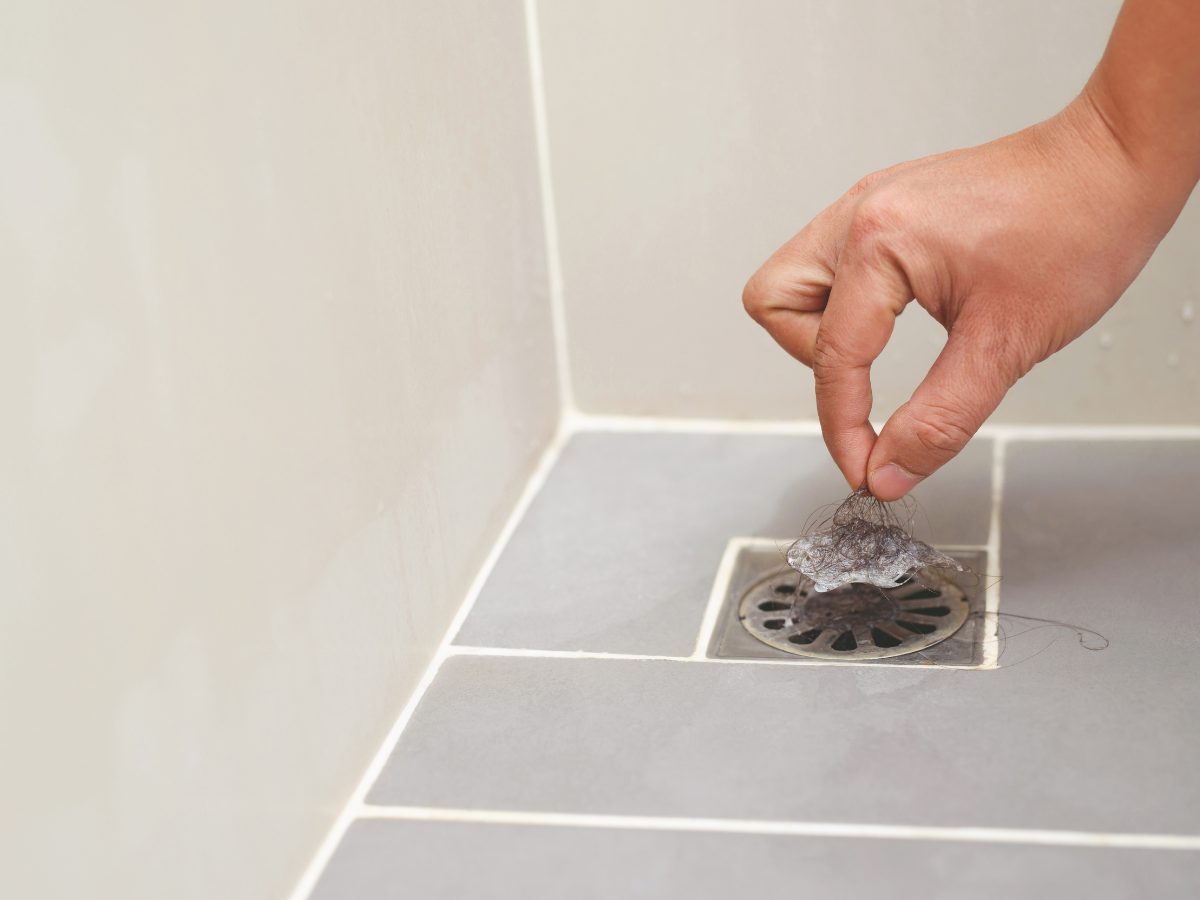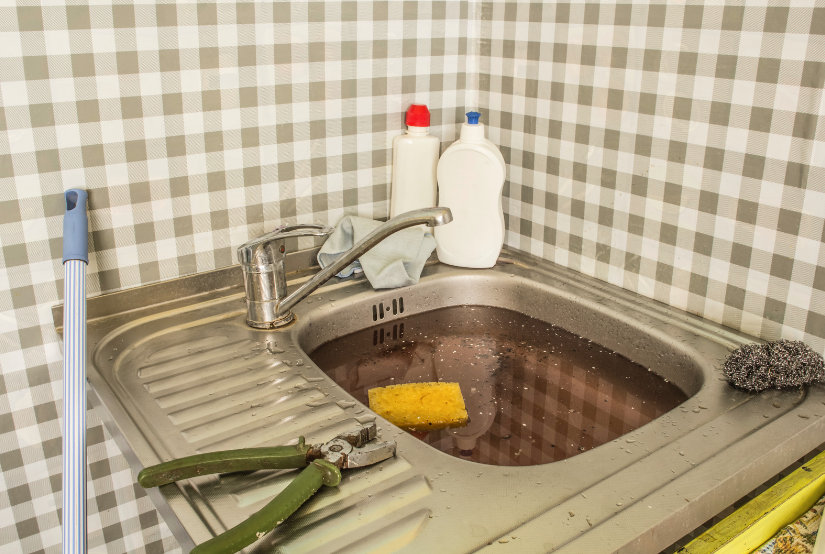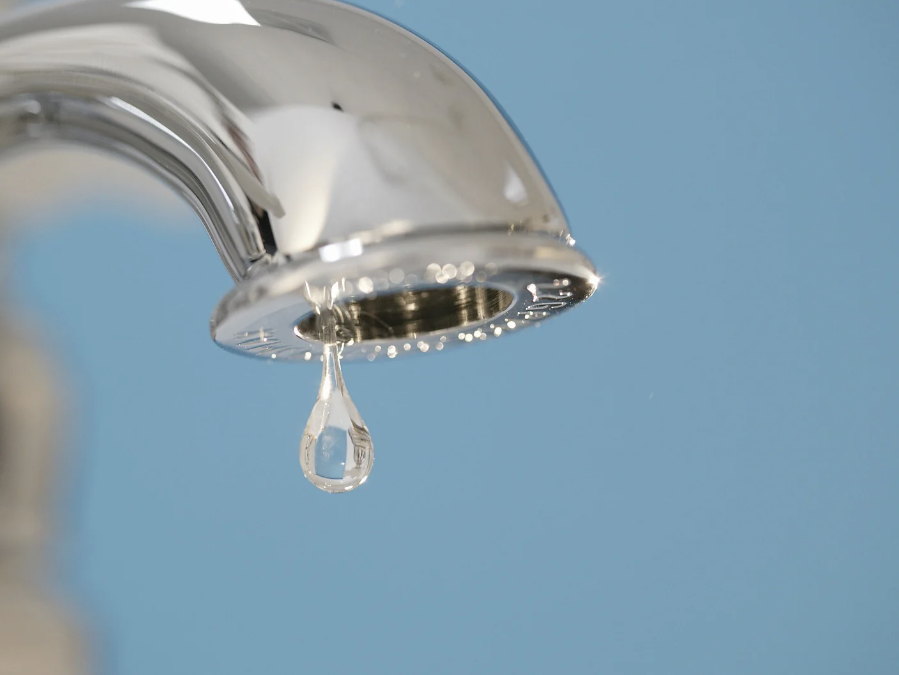Toilet Weak Flush: Causes & Fixes
At Full Speed Plumbing, we understand the frustration that comes with a weak flushing toilet. It’s not just about the inconvenience but the potential water wastage and plumbing issues it could lead to.
Imagine you press the flusher, and instead of a swift whoosh of water clearing everything out, you’re left with a weak swirl that barely does the job. It’s enough to make you sink (pun intended!) in despair.
But don’t worry!
In today’s article, we’ll guide you through the possible causes and fixes for this common household annoyance. So, let’s dive right in and navigate the waters of toilet plumbing together!
Decoding the Flush System
At Full Speed Plumbing, we believe an efficient flushing system is the heart of a clean and sanitary bathroom. So, to tackle the issue of a weak flush, let’s first understand the intricacies of the flush mechanism.
The flush system comprises an assembly of components functioning in harmony to generate strong water flow. These parts include the storage tank, flapper, valve, and float:
- The storage tank is the reservoir where water is held in readiness for the flushing process.
- The flapper is a rubber component that lifts when the flush lever is used, permitting the water from the storage tank to rush into the toilet bowl.
- The valve, also referred to as the flush valve or flush ball, regulates water flow and seals the tank post-flush. It ensures water is retained in the tank until the next flush is triggered.
- The float, generally a plastic or rubber ball, controls the water level in the tank. It drops as the water level lowers during a flush, signaling the fill valve to refill the tank.
However, various issues can impede the flush mechanism and result in a weak flush. These issues could involve a deteriorated flapper, malfunctioning valve, toilet trap clog, or insufficient water level in the storage tank. Proper identification of these problems is the first step towards effective problem-solving and implementing the most suitable remedies.
Identifying the Source of Inadequate Flush Power
Navigating the complexities of an underperforming toilet flush can seem daunting, but comprehending the potential causes makes finding a solution significantly more manageable.
Here are a few typical factors that might be weakening your flush:
- Accumulated Minerals: Mineral deposits in the bowl or flush mechanism can gradually obstruct water flow, leading to a weakened flush.
- Substandard Water Pressure: If your plumbing system suffers from low water pressure, this can inhibit the efficacy of your toilet’s flush.
- Obstruction in Plumbing Vents or Waste Lines: An obstructed plumbing vent or wastewater line can compromise flush power.
- Faulty Components: A deteriorating toilet flapper or a malfunctioning valve can impede water flow, weakening the flush.
- Inadequately Filled Tank: A tank with insufficient water can lead to an ineffective flush.
- Septic System Complications: Any issues with your septic system, such as blockages or backups, can severely impact your toilet’s flush capability.
A handyman acquainted with these common issues can help you pinpoint the specific cause of the weak flush. Once identified, you’ll be better equipped to use effective troubleshooting methods and determine if spare parts are needed.
Whether the solution involves adjusting the water level in the tank, clearing blockages from the sewage line, or replacing a faulty flapper, knowing the root cause is instrumental in restoring your toilet to optimal functionality.
In the following section, we’ll delve further into various troubleshooting methods and provide a strategy to effectively tackle these issues without having to rip up your floor!
Troubleshooting Weak Flush Issues
Dealing with a weak flush doesn’t have to be a nightmare. Here’s a step-by-step guide to help you conquer the common issues outlined above:
- Addressing Mineral Accumulation: Use a commercial cleaner to dissolve mineral deposits. Remember to follow the instructions on the product to ensure safety and effectiveness.
- Managing Low Water Pressure: You might need to consult a plumber to investigate if the low pressure is a house-wide issue or isolated to your toilet. They can make necessary adjustments or recommend replacements.
- Clearing Plumbing Vents or Waste Lines: A plumbing snake can be used to clear any obstructions in the vent or waste lines. For major blockages, a professional plumber’s assistance would be advisable.
- Replacing Faulty Toilet Components: If the toilet flapper or valve is defective, consider replacing these parts. Most hardware stores stock these items, and many include instructions for installation.
- Adjusting the Water Level in the Tank: Check your toilet tank’s water level. If it’s too low, adjust the float to increase the water level until it’s about 1 inch below the overflow tube.
- Addressing Septic System Issues: Problems with the septic system usually require professional help. If you suspect an issue with your septic system, contact a professional promptly.
Remember, while tackling these issues yourself can be cost-effective, there’s no substitute for professional help when needed. If you’re unsure about any step, it’s better to consult with a professional plumber to avoid further complications.
Toilet Weak Flush: Causes & Fixes — Conclusion
In conclusion, a weak toilet flush can be more than just an inconvenience; it can compromise the sanitation and efficiency of your bathroom. However, with Full Speed Plumbing’s comprehensive guide, you’re equipped to address and remedy common weak flush issues.
Whether it’s mineral accumulation, faulty components, or septic system complications, most of these problems can be tackled efficiently with the right knowledge and tools. Nevertheless, DIY solutions, though cost-effective, have their limitations. Don’t hesitate to seek professional help from Full Speed Plumbing for more complex issues to ensure your plumbing system operates at peak performance.
Remember, our expert maintenance services are only a call away, and our professionals are ready to assist you, ensuring your toilet functions optimally and your peace of mind is restored.
Do you have questions about our services? Contact us today for more information, and let Full Speed Plumbing be your solution for maintaining your home’s efficiency.

